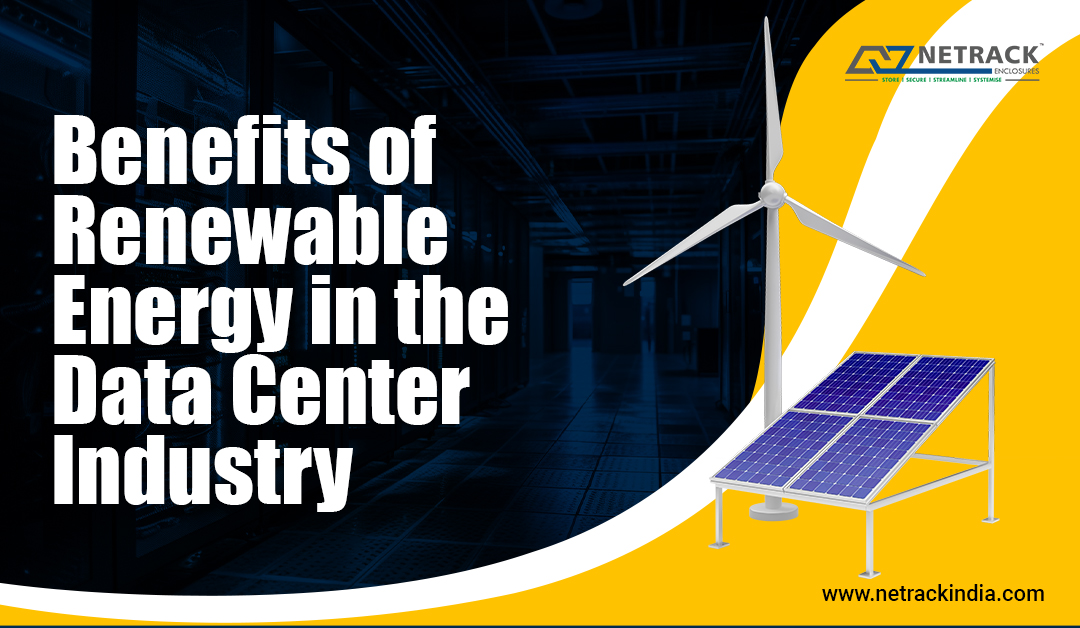Key Components of a Network Server Rack: What to Put in for Efficient Data Management
In the ever-evolving landscape of data management, the heart of any data center or IT environment lies within the network server rack. This essential piece of equipment plays a pivotal role in housing and facilitating the operation of various networking components. As data loads vary and technologies advance, it's crucial to design a network server rack that not only accommodates changing capacities but also ensures efficient operations. Tailoring rack capabilities for long-term success The foundation of a network server rack lies in its load-bearing capacity. This capacity should be selected with foresight to accommodate both the current and future needs of a data center. Load capacity should consider not only the weight of the equipment but also any potential dynamic loads, ensuring the rack can handle the equipment that needs to be installed. A flexible load capacity
Read More


